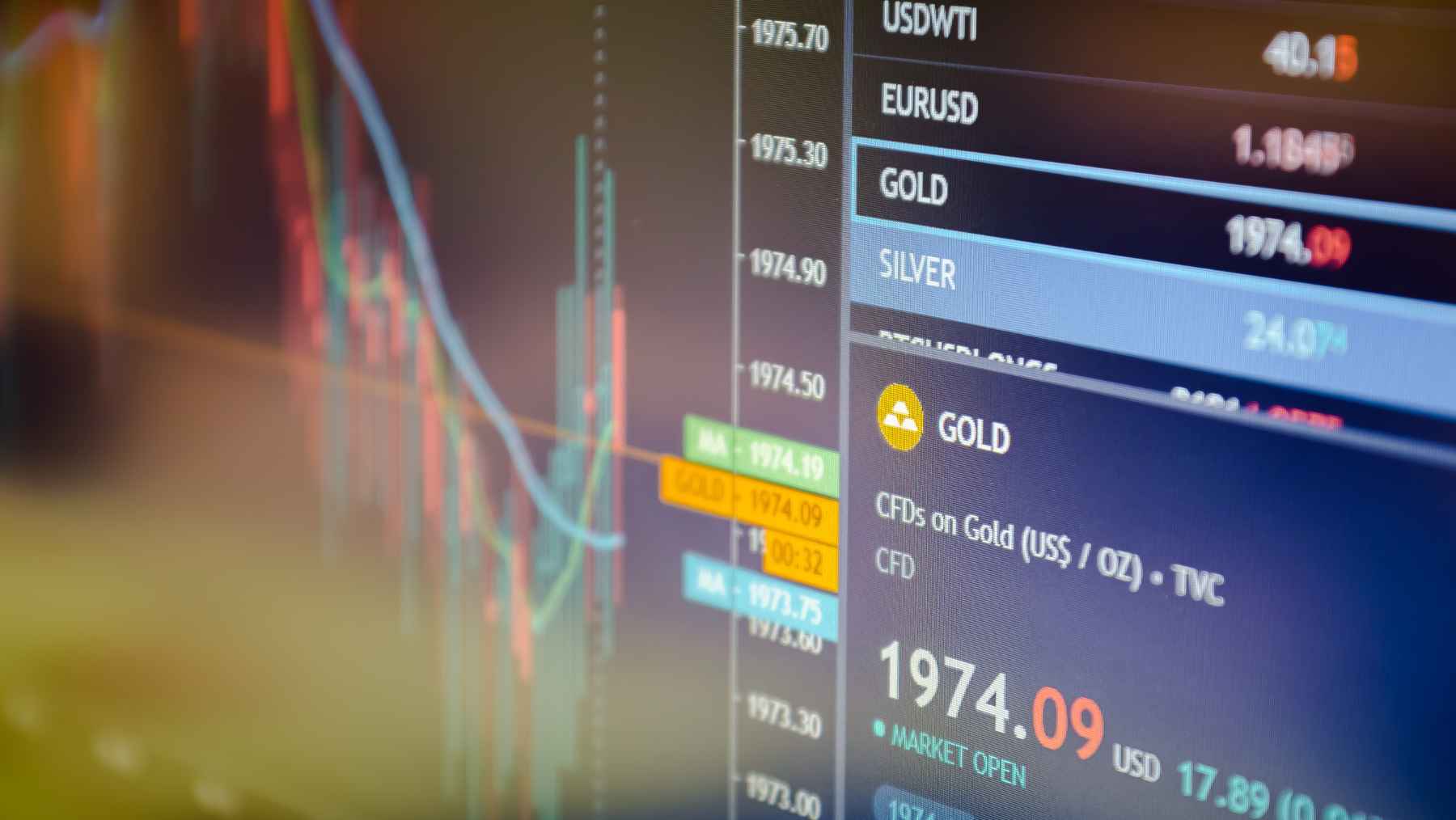Wednesday May 3 2023 10:43

5 min

There are two ways to conduct trade on the financial markets: through an exchange, or over-the-counter (OTC).
Exchanges are marketplaces designed to facilitate trades of a certain type of instrument, like the London Stock Exchange, or the Chicago Mercantile Exchange. They work by matching traders who wish to buy a particular asset with traders who are looking to sell the same asset.
A trade made directly between two parties is known as an over-the-counter trade. Placing trades with a broker is an example of an OTC trade.
With Markets.com, you can trade stocks, forex, indices, commodities, cryptocurrencies, ETFs, and bonds through CFD and spread-bets.
What you choose to trade will depend upon your personal preference and trading style. Some traders specialize in one or two asset classes, while others have more varied portfolios.

The internet has made trading faster and much more accessible. Online trading platforms, like Markets.com, gives you access to different markets across the globe.
Once you have created and funded your trading account, you will be able to:
With online trading you can trade where and when you want; Markets.com is available via desktop and mobile web, and as a mobile app, allowing you to stay on top of the markets and manage your portfolio wherever you are.
When trading any type of instrument you will be presented with two prices: the bid and the ask price. The bid is the maximum price that the market is currently willing to pay for the instrument, while the asking price is the minimum price that the market is willing to sell the same instrument for.
If you want to buy the instrument, you would pay the asking price. If you wished to sell it, you would receive the bid price.
The difference between the bid and ask prices is known as the spread. How often the price changes will depend upon an asset’s liquidity.
There are two directions in which you can trade an instrument: long and short.
Going long means that you are buying the instrument in the hope that its value will increase and you can sell it for a profit.
Going short, or shorting, is where you sell a borrowed instrument in the hope that the price will fall and you can buy it back for a lower price, keeping the difference between the two transactions as profit.
In the Markets.com platform, you would use the buy button to enter a long position and use the sell button to enter a short position.
Completing a trade is known as closing the position. It is also referred to as taking a profit.
Markets.com offers you the chance to buy and sell contracts for a difference. A CFD is what is known as a financial derivative because it derives its value from an underlying asset.
For instance, Apple CFDs track changes in the price of Apple stock. When Apple stock rises, so does the CFD, and when the stock price falls, the CFD does too. Trading CFDs means you don’t own the underlying asset, and it has many advantages.
One of the main benefits of trading CFDs is that you can make your capital go further with leverage. Leverage is where you put down a portion of the position’s value, rather than the entire sum, allowing you to take larger positions than you might otherwise be able to. However, leverage CFD trading carries a considerable risk of capital loss, therefore you should never trade with funds that you cannot afford to lose.
Learn more about trading CFDs here.